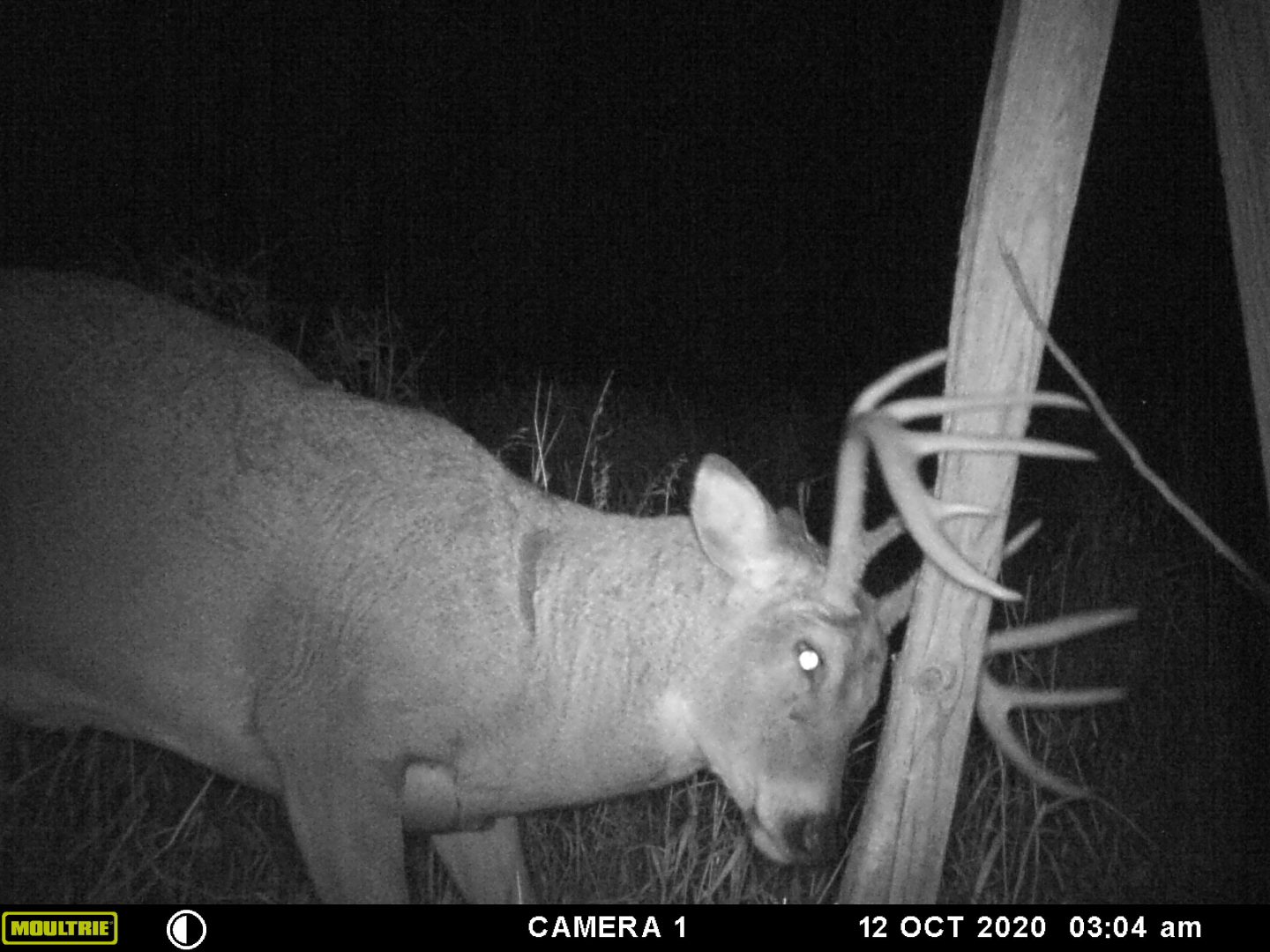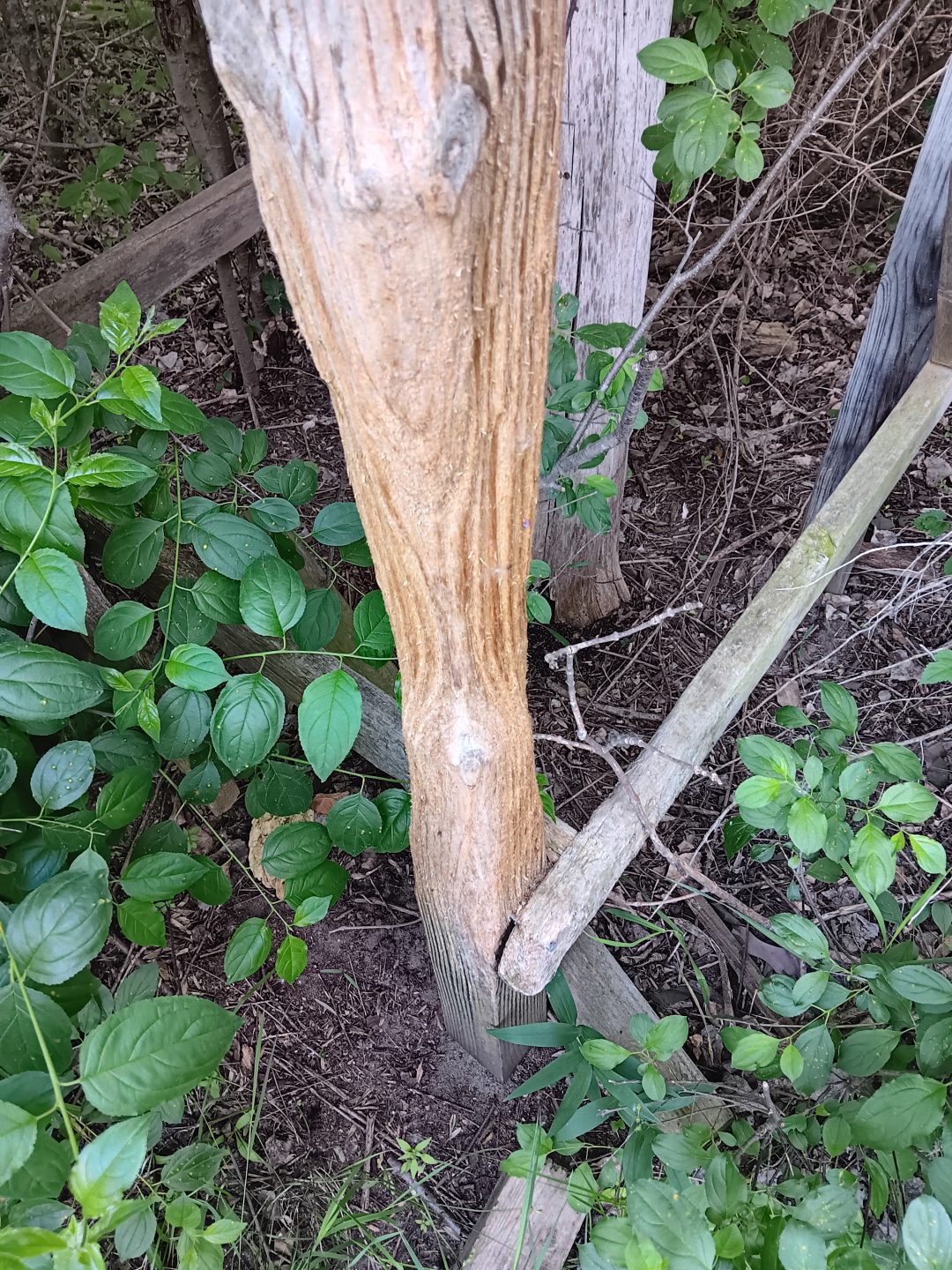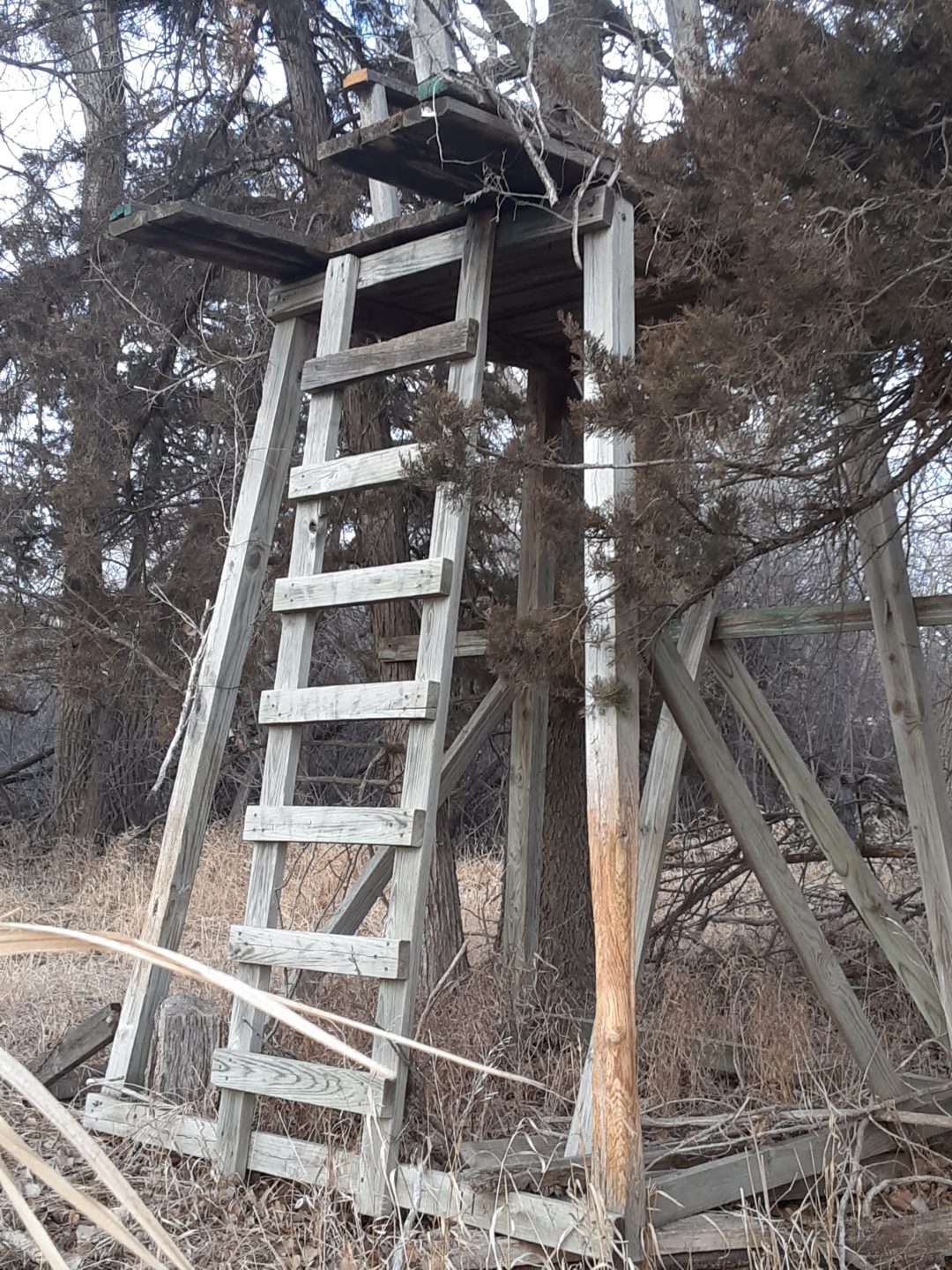
By Brian Peterson
Deer rubs, scientifically described as signposts, are markings made on trees, fenceposts and a variety of other wooden structures, including — literally — posts on road signs. For deer, rubs serve several purposes, such as communicating with other deer both visually and through scent. For larger bucks, it is their billboard, a way to mark their territory.
Deer typically select aromatic trees with smooth bark along heavily used trails adjacent to bedding areas or food sources. New rubs are easily identified, as freshly removed bark or wood exposes the brightly-colored, non-weathered wood beneath it.
Not all deer rubs are created equal. Some are used only for a short time as bucks are shedding antler velvet or as males thrash and scrape small diameter trees, saplings or bushes in the presence of other bucks to intimidate them prior to sparring.

The more impressive rubs on trees or posts 3 to 5 inches in diameter, and sometimes even larger, are community rubs frequented by multiple deer throughout the season. These signposts might be used year after year depending on location, habitat changes and seasonal food availability.
Community rub use increases from the time velvet is shed in September, peaking in early November and then decreasing until antlers are cast. They serve two primary purposes: First, it’s a visual, attention-getting “street” sign within a high-traffic area, and second, it’s a chemical scent holder and dispenser that communicates the individual’s presence and breeding status with both rival male and female white-tailed deer in the area. Studies show that the oldest bucks typically make the largest rubs, whereas younger bucks and females may visit and interact with the rub, but rarely maintain it.
Through studies with camera traps, I have observed and recorded consistent behaviors as deer utilize these signposts. Deer will often approach an established rub, scent check it from a distance, and then move closer to smell and sometimes lick the post. Bucks will then aggressively scrape and scar the post or tree with the jagged, sharp burrs and tines on their antlers.
Following the rubbing sequence, bucks rub scent glands located on their forehead on the newly-exposed wood to leave their chemical signature. Bucks often vocalize by grunting prior to, during and following rubbing.

Mature females visit these community rubs to gain information relating to herd dynamics in the area and are sometimes observed licking or rubbing their forehead directly on the signpost.
As you investigate and perhaps set game cameras on fresh rubs in the woods this fall, try to determine whether it was a rub that was used only once, or if it was a community signpost. If it is the latter, hanging a stand nearby might put you on the road to a nice buck come deer season.
Brian Peterson is a biologist at the University of Nebraska at Kearney and coordinates the M.S. Biology Online Program. His research has focused on white-tailed deer antler metrics. For more information, contact petersonbc@unk.edu. He would like to thank Larry Bragg for allowing camera trap access to his property for research investigations.
